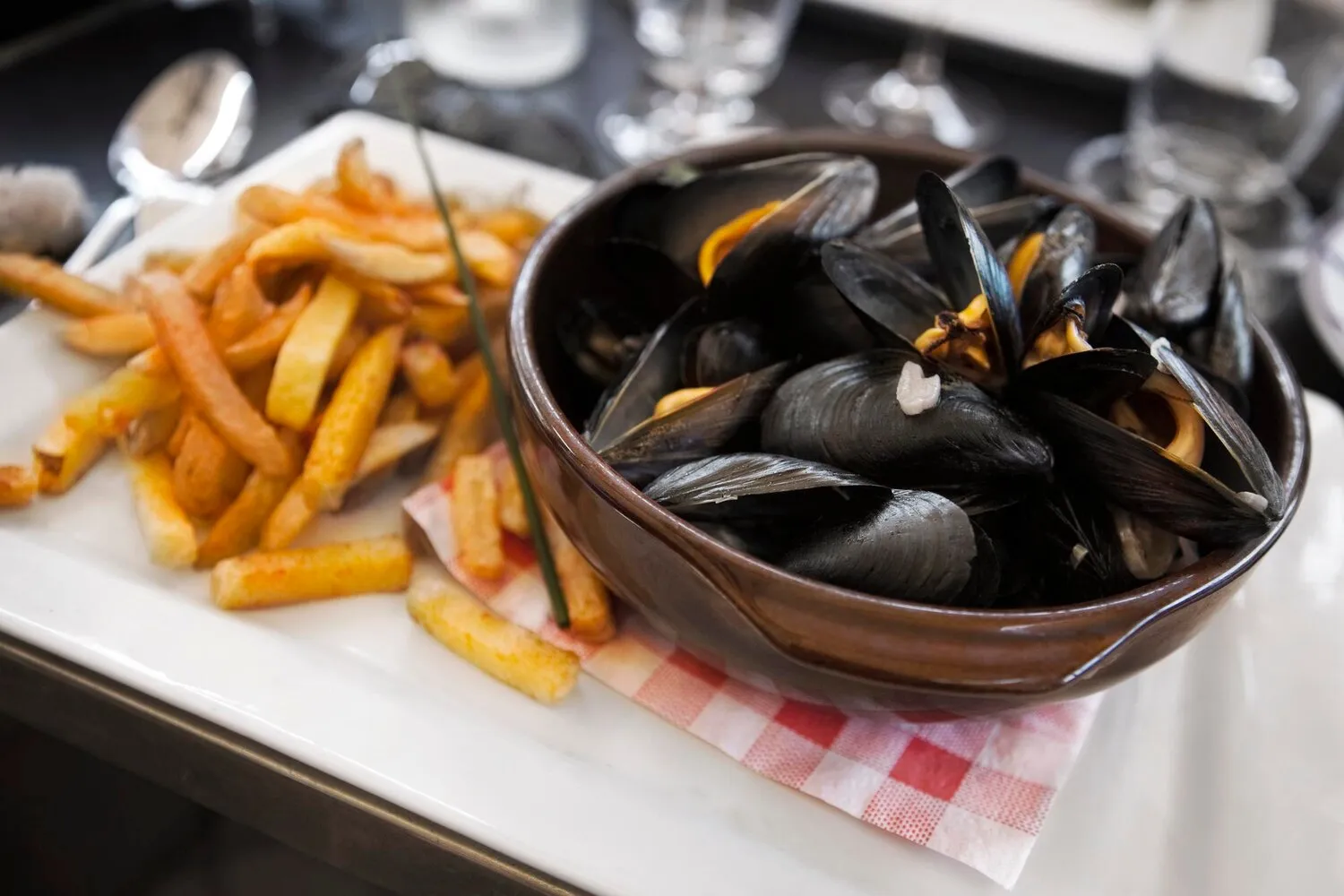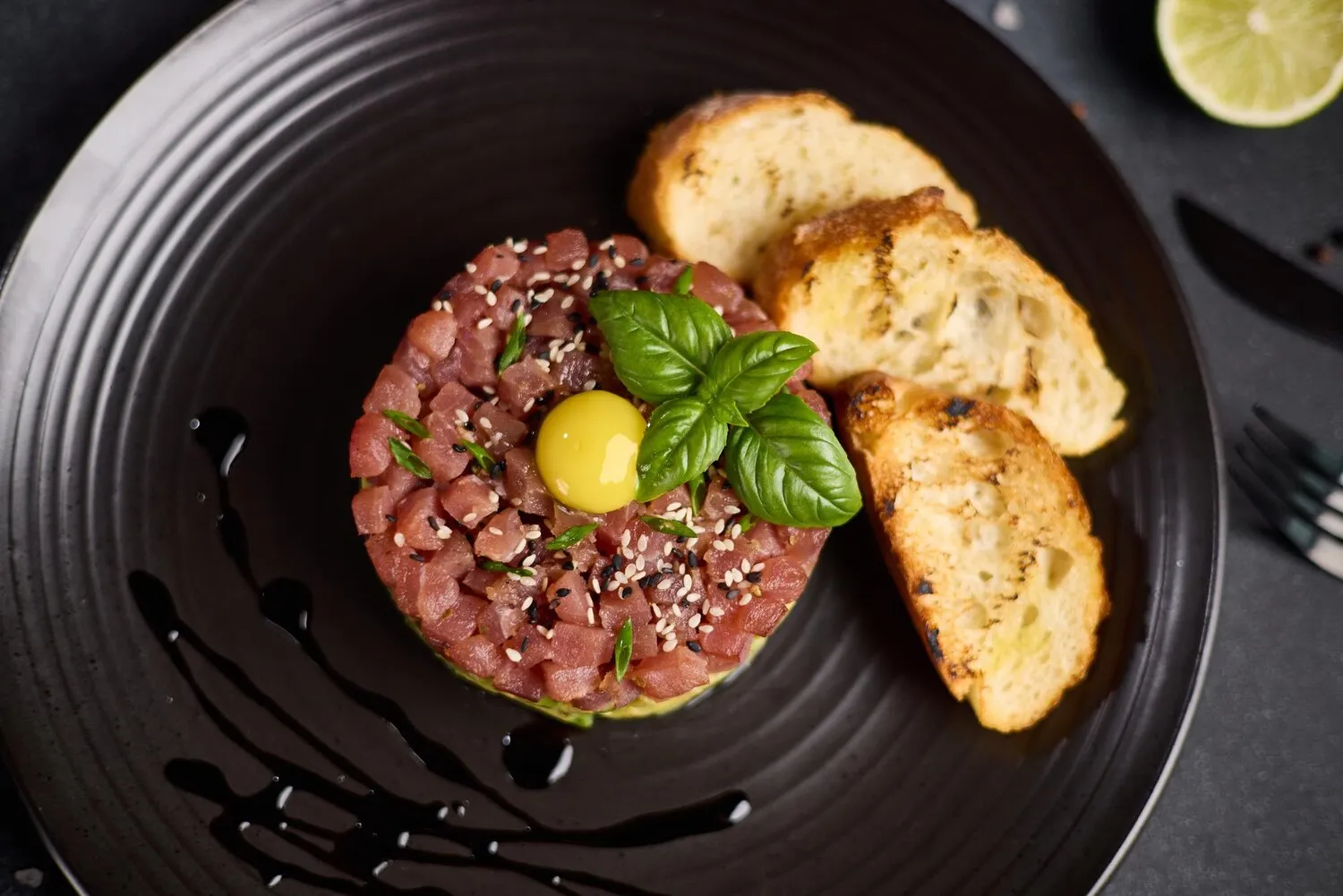
Stoofvlees
A traditional Flemish beef stew slow-cooked in beer, typically served with bread or fries.
Nutrition Facts
* The % Daily Value (DV) tells you how much a nutrient in a serving of food contributes to a daily diet. 2,000 calories a day is used for general nutrition advice.
Schoenaers
Stoofvlees, a hearty beef stew, reflects Belgium's history as a crossroads of cultures and culinary traditions. Rooted in peasant cuisine, it utilizes readily available ingredients and slow-cooking techniques to tenderize tougher cuts of meat. The use of beer, a staple in Belgian brewing history, adds a unique flavor profile that has evolved over centuries.
Stoofvlees is deeply ingrained in Belgian culture as a comfort food, often enjoyed during colder months. It represents home cooking, family gatherings, and the celebration of Belgian brewing traditions.
Family Tradition
Stoofvlees recipes are often passed down through generations, with each family having their own unique variation and secret ingredient.
Celebration Food
It's often served at festive gatherings and celebrations, particularly during the autumn and winter seasons.
Pub Fare
Stoofvlees is a very common item found in pubs throughout Belgium, typically served with frites (fries) and mayonnaise.
Stoofvlees offers a rich, savory flavor profile with subtle sweet and tangy notes derived from the beer. The beef is deeply flavorful, tenderized and infused with the sauce.
The primary flavors come from the beef itself, typically chuck or shin, which becomes incredibly tender after hours of slow cooking. The beer contributes malted and often slightly fruity or bittersweet notes, depending on the style used (typically a Belgian Dubbel or Brune). Onions and other aromatics provide a savory base, while mustard adds a subtle tang. Brown sugar or gingerbread may be included for a touch of sweetness and depth. Bay leaves and thyme contribute an earthy aroma. The flavor evolves and deepens during the extended cooking time, resulting in a complex and satisfying stew.
Beer Selection
Choosing the right beer is crucial. A Belgian Dubbel or Brune, with its rich malt profile and subtle sweetness, is ideal. Avoid overly bitter or hoppy beers.
Browning the Beef
Properly browning the beef before adding the other ingredients is essential for developing a rich, deep flavor. Don't overcrowd the pan; brown the beef in batches.
Low and Slow
The key to tender beef and a flavorful sauce is slow cooking. Allow ample time for the stew to simmer gently, allowing the flavors to meld and the beef to become incredibly tender. A low simmer for at least 2-3 hours is recommended.
Thickening the Sauce
If the sauce is too thin, you can thicken it by mixing a small amount of cornstarch with cold water and stirring it into the stew during the last 30 minutes of cooking. Alternatively, some recipes use a slice of bread smeared with mustard and added to the stew towards the end.
Explore additional Classic Belgian dishes and restaurants
Explore Classic BelgianDiscover top dining spots and culinary experiences in Antwerpen.
Explore AntwerpenLearn more about the food culture, restaurant scene, and culinary heritage of Belgium.
Explore Belgium
